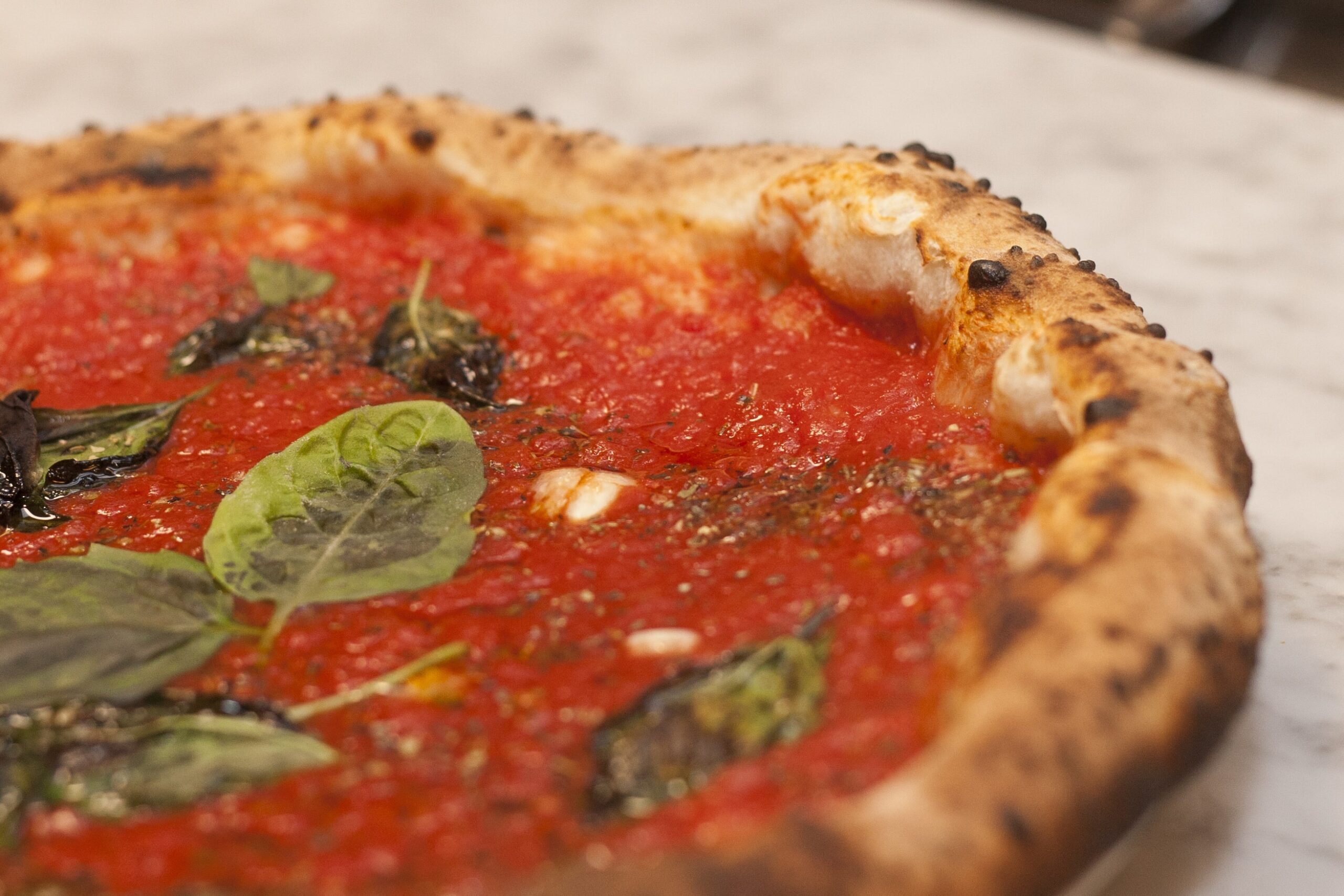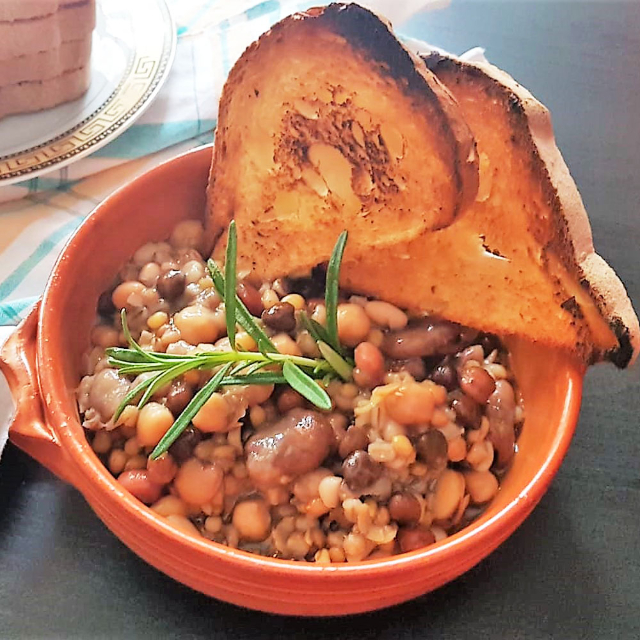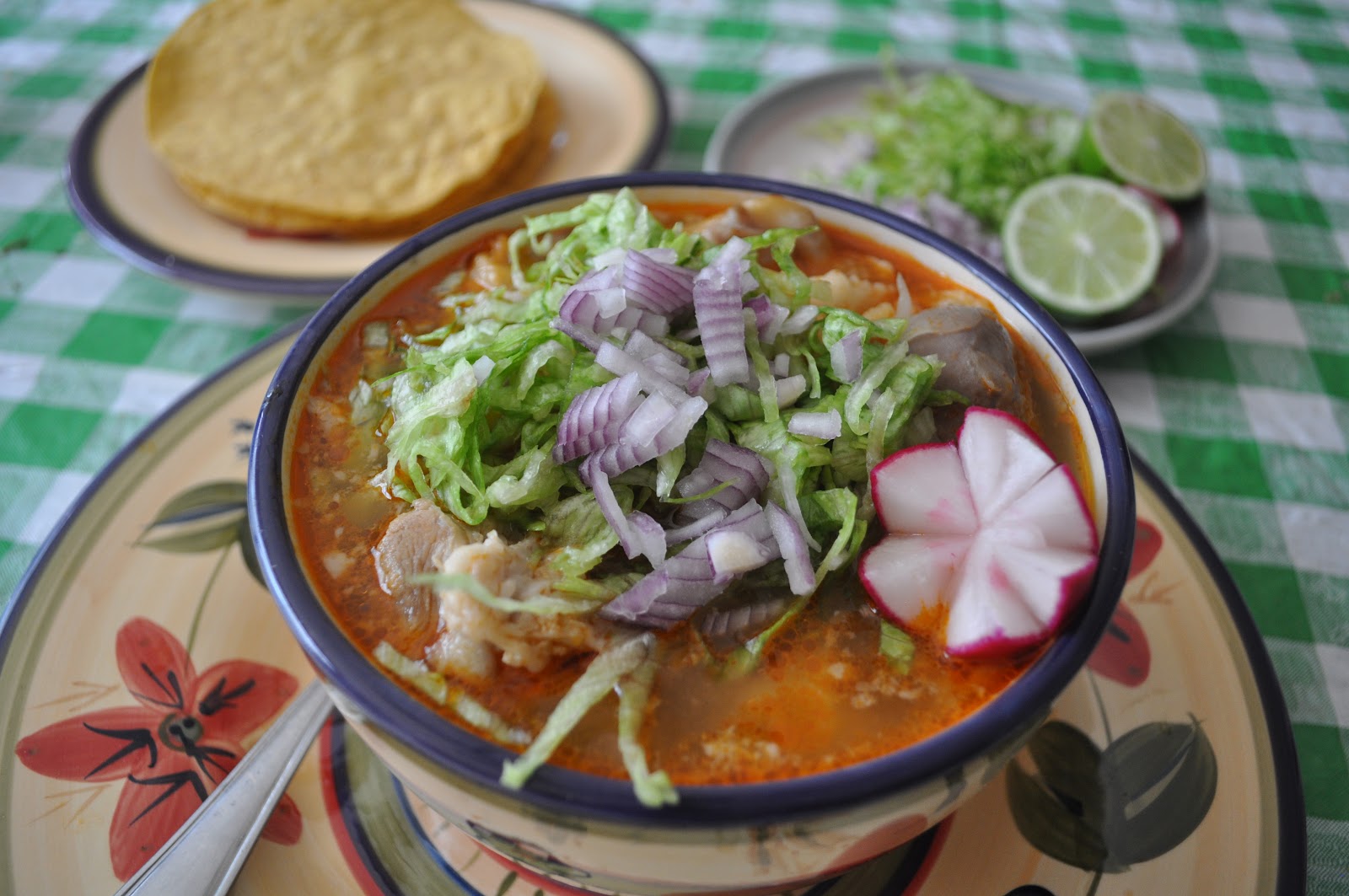What are the true origins of non è pizza; given that we know. Certainly it was born as focaccia al forno già all’era of the ancient Greeks and Romans, simply mixing the basic ingredients which are water, flour and a pinch of salt. It was then baked in the oven at high temperature and served very hot. It was part of the classic food sold on the street by street vendors, who in exchange for a few coins sold this simple and tasty.
Slowly the recipe of our focaccia begins to become more and more rich: it becomes not only food on the street served to the poor people but also to the canteens of the great lords who are not satisfied only with this condiment. It was enriched with small pieces of cheese, usually spicy provolone or caciocavallo cheese and the inevitable ingredient is a little bit of lard to improve the flavour. It was, however, a very simple food, but already very simple; all’ very tasty and in demand.
The history of pizza begins to evolve with the discovery of America and the spread of the tomato in Italy. Since then it has become a fundamental ingredient for many recipes, first and foremost that of pasta topped with sauce. The recipe for real pizza also evolved: water, flour, yeast (beer or natural, also called criscito) and salt. D’ obligation è then cooking in a wood-fired oven to ensure a better softness. So someone came up with an idea to make the pizza even more tasty; appetizing: why don’t you also try the tomato on the focaccia? This is what was born; the marinara, the pizza più ancient topped with tomato, oregano and garlic.













